Report this entry
More from the same community-collection
Statue Of Crucifiction - Loretto Academy - 1955
Statue Of Crucifiction - Loretto Academy - 1955. Statue of ...
Sister Buffy and Rev. Rick Matty - 2001
Sister Buffy is the president of Loretto Academy - she is to the ...
Loretto Academy - Sister F. Ratterman - 1994
Sister F. Ratterman with students from Loretto Academy located ...
Wildcats Team - Anthony Middle School - 2016
Three students showing school pride from Anthony Middle School.
New Collector-Distributor Lanes on I-10
Crews are placing concrete for the new CD lanes alongside three ...
Bowie High School Homecoming, El Paso, Texas - 1989
Bowie High School Booklet - with the 1949 members of the Texas ...
Bowie High School Reunion - 1994 - El Paso, Texas
Forty - fifth reunion and dinner dance - May 28, 1994.
Bowie High School - Happy Birthday - 1998
Bowie High School - Happy Birthday - 1998 - September 1998.
Paul C. Moreno Elementary School - 1998
Paul C. Moreno Elementary School - 1998 Paul Moreno helped ...

















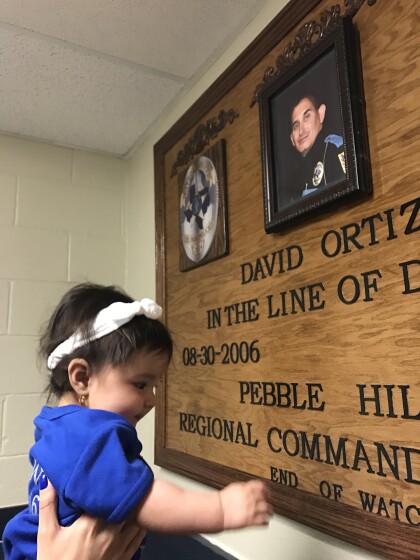
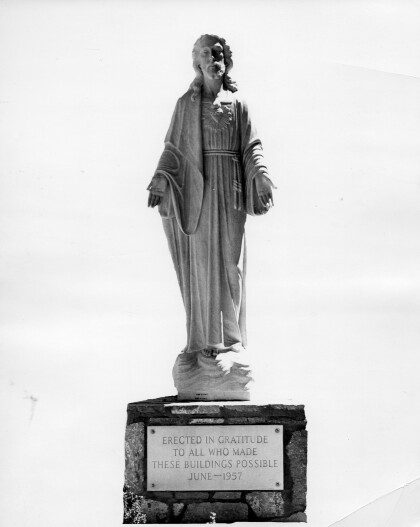
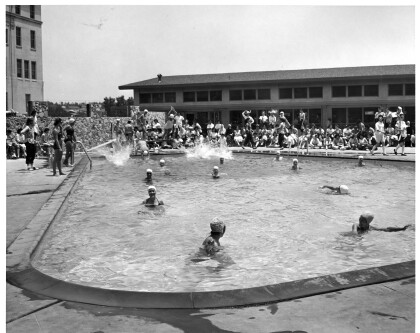
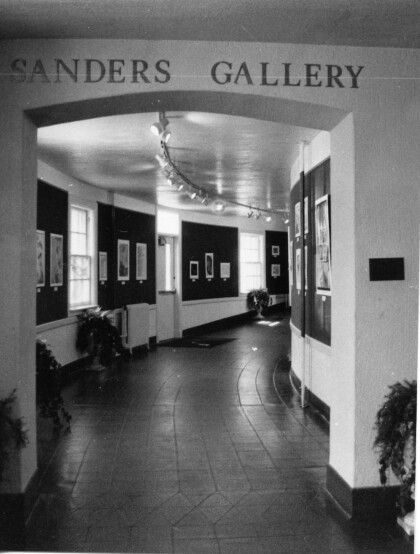
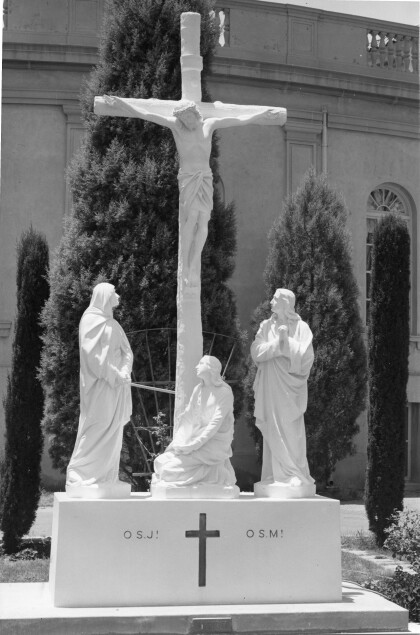
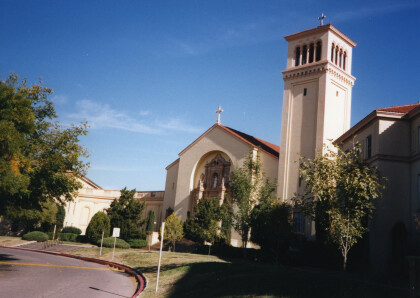
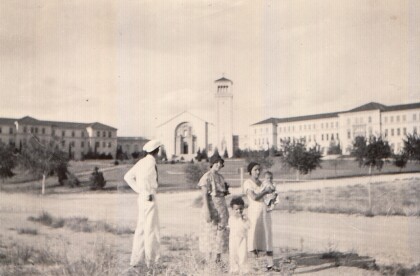
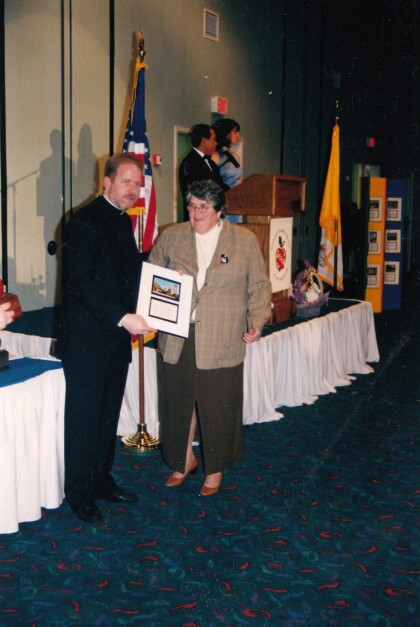

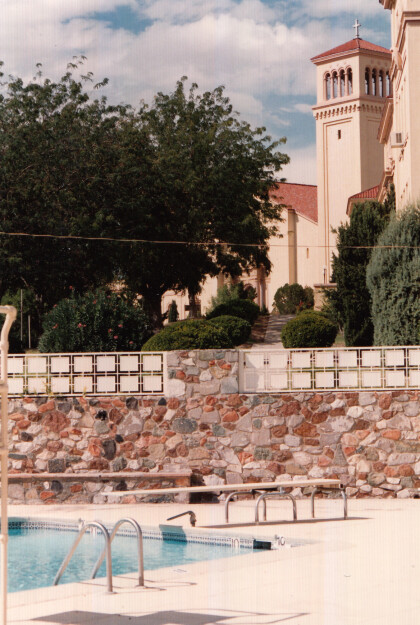

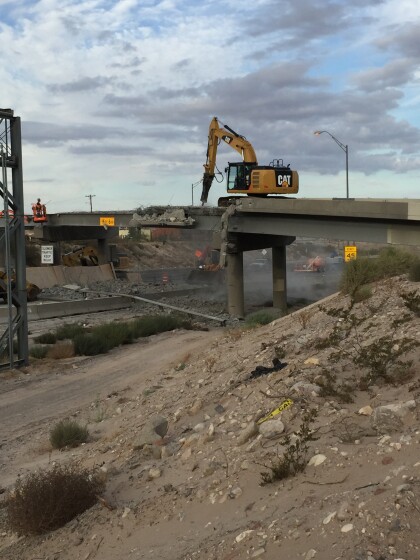
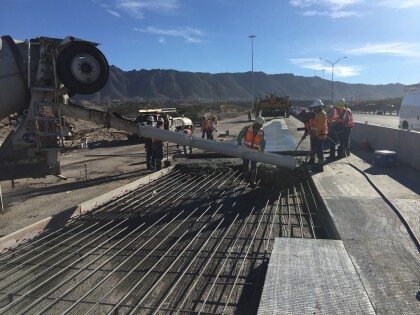
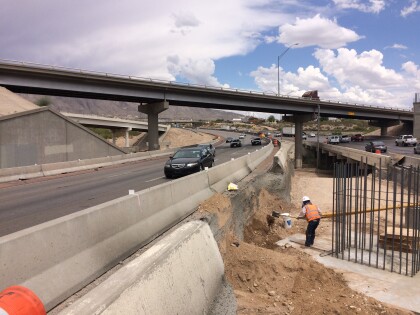
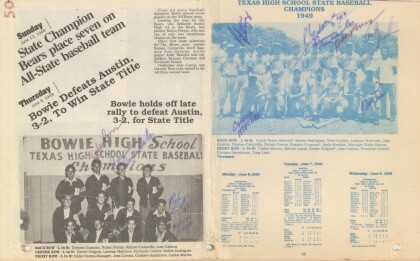

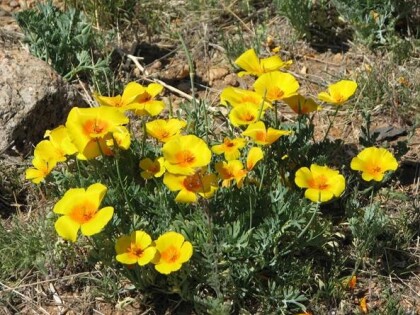

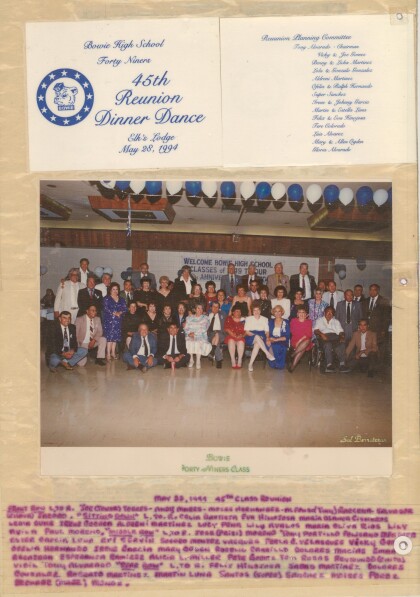
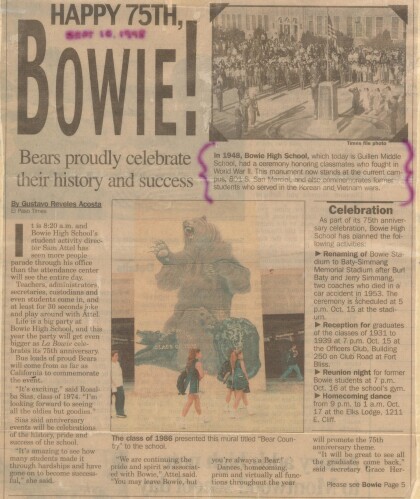
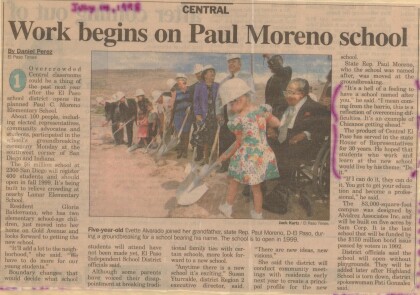
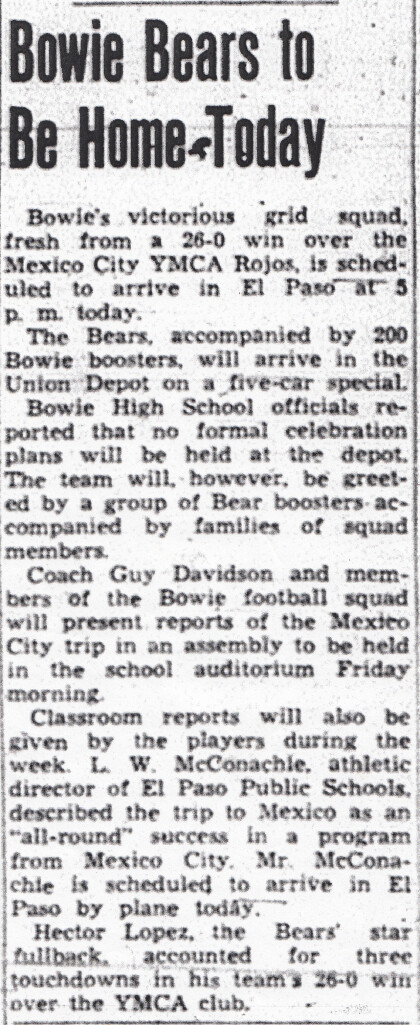
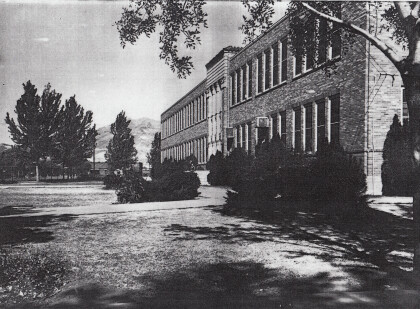
Comments
Add a comment